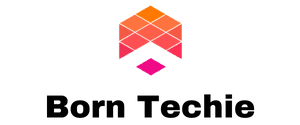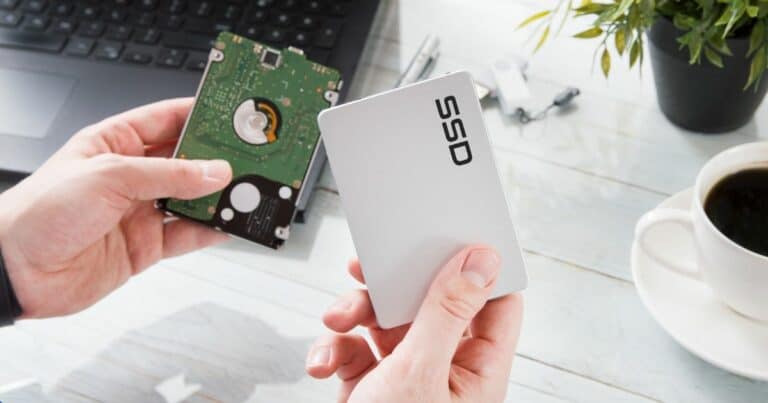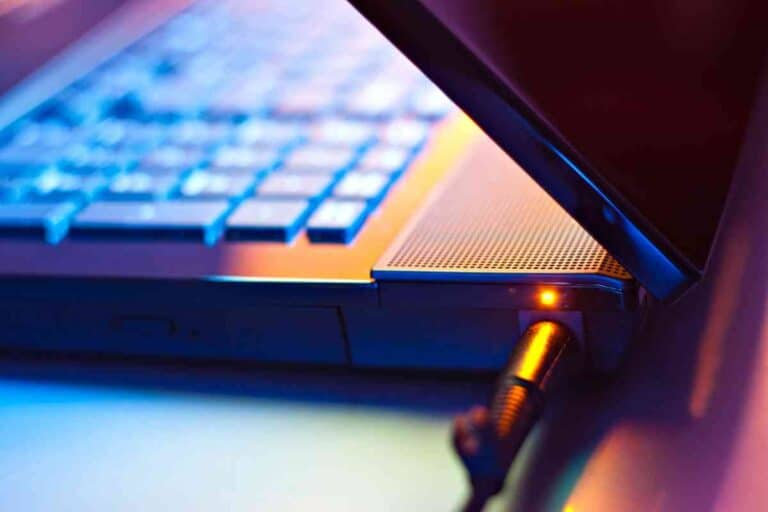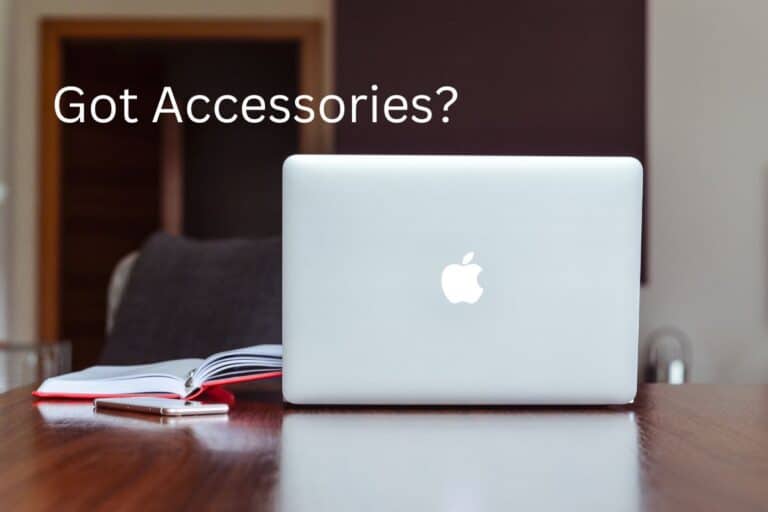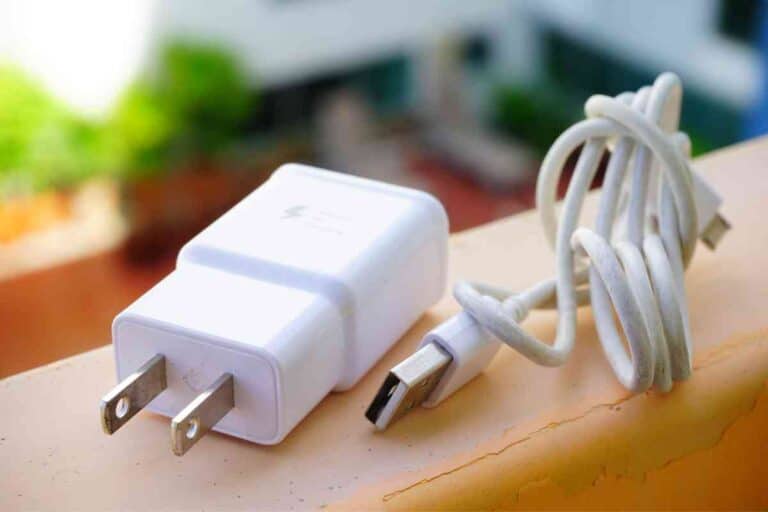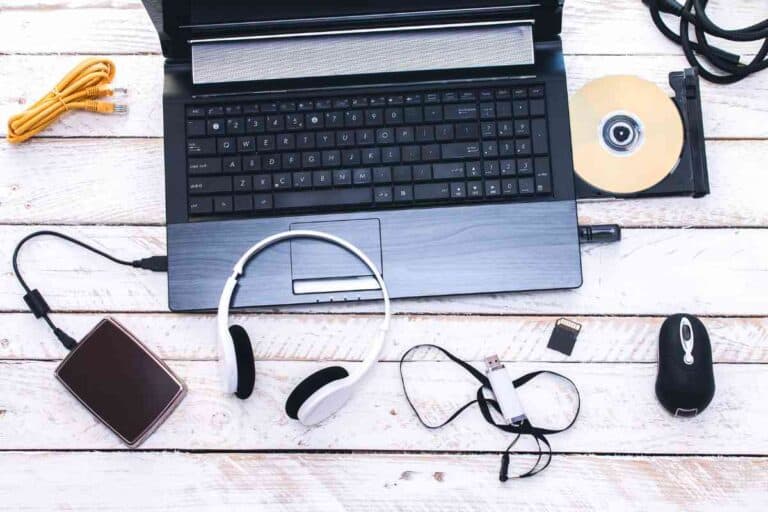Do All Microsoft Surface Devices Use the Same Charger?
Microsoft Surface is a line of touchscreen-based personal computers and interactive whiteboards designed and developed by Microsoft. The Surface line of devices is designed to compete with similar devices such as Apple’s iPad and Google’s Pixel Slate. One of the most common questions that arise among Surface users is whether all Microsoft Surface devices use the same charger.

The answer is no. Not all Microsoft Surface devices use the same charger. Although the Surface line of devices has a common charging port, the charging specifications vary depending on the device model.
Understanding the charging specifications of your Surface device is crucial to ensure that you use the correct charger and avoid any damage to your device.
In this article, we will delve into the details of Surface chargers, charging specific Surface models, troubleshooting and maintenance, and support and resources.
Key Takeaways
- Surface devices do not use the same charger.
- It is important to understand the charging specifications of your Surface device to avoid damage.
- Troubleshooting and maintenance, as well as support and resources, are available to Surface users.
Note: People who read this article also read our article on tracking a Microsoft Surface!
Understanding Surface Chargers
When it comes to charging your Microsoft Surface device, it’s important to ensure that you have the right charger. Not all Surface devices use the same charger, so it’s important to understand which charger is compatible with your device.
Most Surface devices use a proprietary magnetic charging connector, which is different from the USB-C charging ports found on many other devices. However, some newer Surface models, such as the Surface Pro 7 and Surface Laptop 3, do have a USB-C port that can be used for charging.
It’s important to note that not all USB-C chargers are compatible with Surface devices. Microsoft recommends using a Microsoft-licensed USB-C charger or a genuine Microsoft charger for best results. Using a non-Microsoft charger could potentially damage your device or cause it to charge more slowly.
Surface chargers come in different wattages, with the most common being 65W and 44W. The higher the wattage, the faster your device will charge. However, it’s important to use a charger with the appropriate wattage for your device to prevent damage.
In addition to wattage, it’s also important to consider the voltage of your charger. Most Surface chargers have an output voltage of 15V, but some older models may have a different voltage. Make sure to check the voltage requirements for your specific Surface device before purchasing a charger.
In summary, not all Microsoft Surface devices use the same charger. It’s important to use a compatible charger with the appropriate wattage and voltage to ensure that your device charges safely and efficiently. Microsoft-licensed or genuine Microsoft chargers are recommended for best results.
Charging Specific Surface Models
When it comes to charging your Microsoft Surface device, you might be wondering if all models use the same charger. In short, the answer is no. Different Surface models have different charging requirements, so it’s important to know which charger is compatible with your device.
Charging Surface Laptops
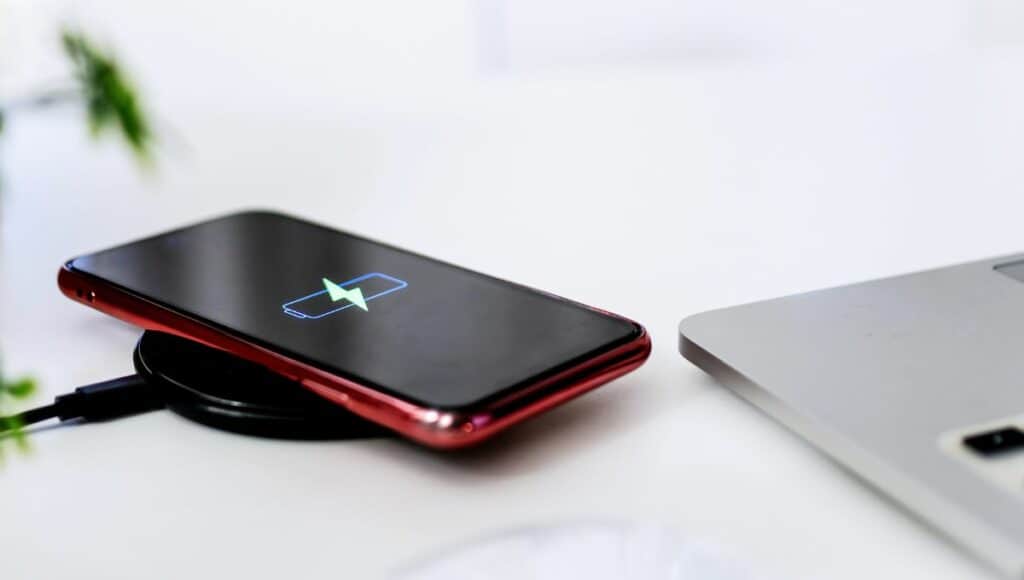
Surface Laptops come with a power supply that delivers 65 watts of power. The original Surface Laptop, Surface Laptop 2, and Surface Laptop 3 all use the same charger.
However, the Surface Laptop Go, Surface Laptop Go 2, Surface Laptop Go 3, Surface Laptop Studio 2, Surface Laptop 4, and Surface Laptop 5 have different charging requirements. These devices use a 39-watt power supply.
Charging Surface Pros
Surface Pro devices also have different charging requirements. The Surface Pro 4, Surface Pro (5th Gen), Surface Pro 6, Surface Pro 7, Surface Pro 7+, Surface Pro X, and Surface Pro 8 all use a 65-watt power supply. The Surface Pro 9, on the other hand, uses a 102-watt power supply.
Charging Surface Go Devices
Surface Go devices also have different charging requirements. The original Surface Go and Surface Go 2 both use a 24-watt power supply. The Surface Go 3, however, uses a 30-watt power supply.
Charging Surface Books
The Surface Book and Surface Book 2 both use a 102-watt power supply. If you have a Surface Book or Surface Book 2, it’s important to use the correct power supply to ensure proper charging.
It’s important to note that charging your Surface device with the wrong charger could damage your device.
To ensure that you’re using the correct charger, check the charger that came with your device or visit the Microsoft website to find out which charger is compatible with your specific Surface model.
In summary, while some Surface models use the same charger, it’s important to know which charger is compatible with your device.
Whether you have a Surface Laptop, Surface Pro, Surface Go, or Surface Book, make sure you’re using the correct charger to ensure proper charging and to avoid any potential damage to your device.
Troubleshooting and Maintenance
At times, you may experience problems with charging your Microsoft Surface. Here are some troubleshooting tips to help you resolve any issues you may encounter:
Check the USB-C Port
The USB-C port on your Surface device is responsible for charging and data transfer. If your device is not charging, check the USB-C port for any visible damage or debris. If you notice any damage or debris, clean the port using a soft-bristled brush or a can of compressed air.
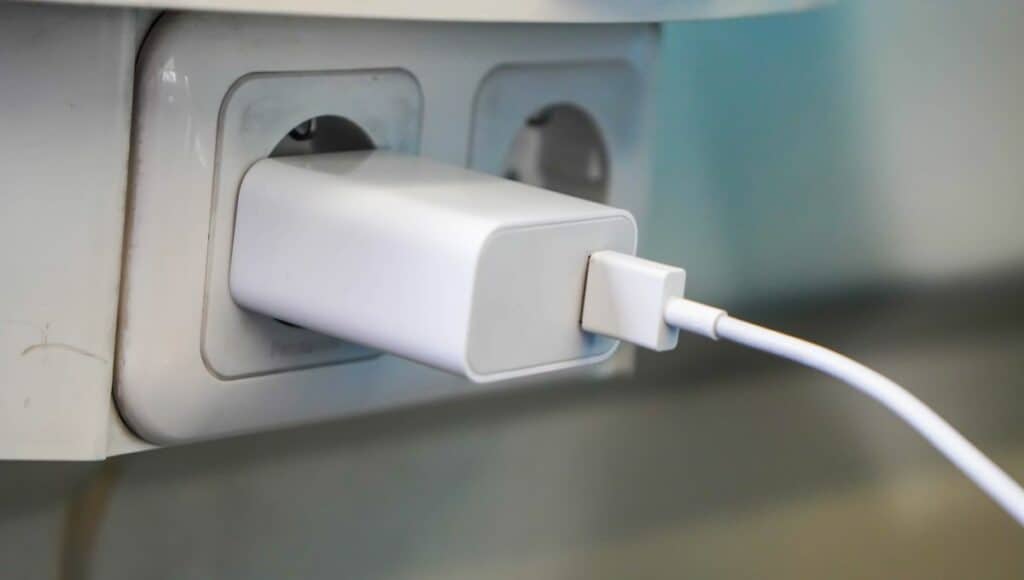
Fix USB-C Problems
If your device is still not charging, try the following steps to fix USB-C problems:
- Check the USB-C cable for any visible damage or debris. If you notice any damage or debris, replace the cable with a new one.
- Try using a different power outlet or USB-C charger to charge your device.
- Restart your device and try charging it again.
Clean and Care for Your Surface
To ensure your Surface device stays in good condition, follow these cleaning and care tips:
- Use a soft, lint-free cloth to clean the surface of your device. Avoid using abrasive materials or cleaners that contain alcohol or solvents.
- Keep your device away from extreme temperatures, moisture, and direct sunlight.
- Store your device in a protective case when not in use.
Product Safety Warnings
When using your Surface device, it is important to follow these product safety warnings:
- Do not expose your device to water or other liquids.
- Do not disassemble, modify, or attempt to repair your device yourself.
- Use only Microsoft-approved chargers and cables to charge your device.
Safety and Regulatory Information
For more information on safety and regulatory information related to your Surface device, refer to the safety and regulatory documentation provided with your device.
Data, Computer, and Battery Life
To ensure your data, computer, and battery life are protected, follow these tips:
- Back up your data regularly to prevent data loss in case of device failure.
- Keep your device up-to-date with the latest software updates and security patches.
- Manage your battery life by adjusting the display brightness, turning off unnecessary apps and features, and using battery saver mode when necessary.
By following these troubleshooting and maintenance tips, you can ensure your Microsoft Surface device stays in good condition and continues to function properly.
More Reading
- Where Is The Microsoft Surface Made?
- Can You Track A Microsoft Surface If It’s Lost Or Stolen?
- Can The Microsoft Surface Run SolidWorks?
- Do All Microsoft Surface Devices Use The Same Charger?
- Will World Of Warcraft Run On A Microsoft Surface Pro?
- Why Does My Microsoft Surface Keep Turning Off
- Can Microsoft Surface Be Repaired
- Screenshot Microsoft Surface: 4 Ways To Get It Done
- Can’t Download Apps On Your Microsoft Surface?
